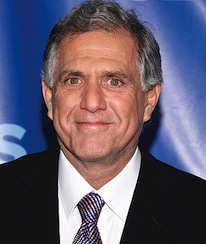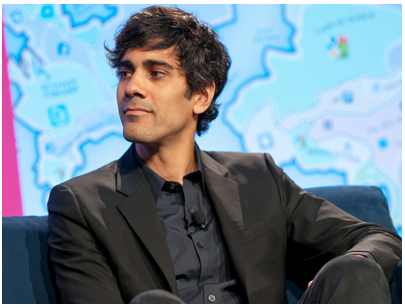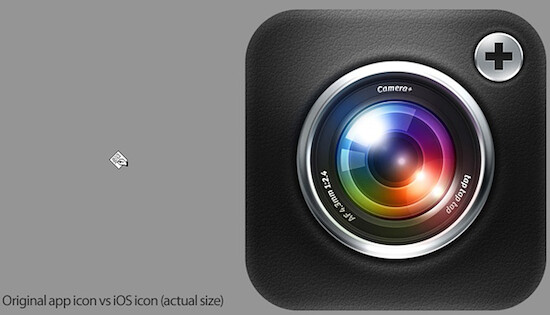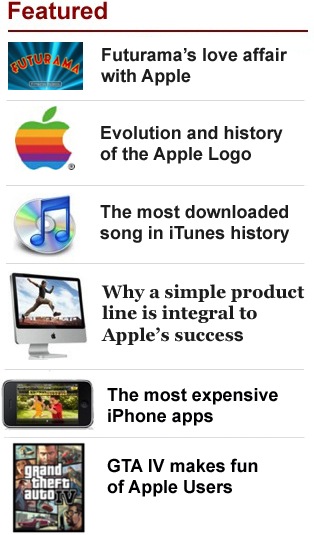 Before Apple officially entered the phone business and the iPhone was nothing more than a rumor, people were skeptical of Apple’s ability to enter the phone business and succeed. After all, what the hell did Apple know about phones?
Before Apple officially entered the phone business and the iPhone was nothing more than a rumor, people were skeptical of Apple’s ability to enter the phone business and succeed. After all, what the hell did Apple know about phones?
Of course, the revolutionary iPhone made instant believers out of everyone and changed the smartphone landscape forever.
Similarly, we’re now inundated with rumors of an Apple HDTV and folks are skeptical yet again that Apple can do anything to succeed in a market where margins are slim and the quality of TVs have never been better.
That said, one rumored initiative Apple is working on involves a TV with a’la carte programming. So instead of paying a ginormous cable bill each and every month, users could casually pay only for the channels they want to watch.
To that end, the Hollywood Reporter recently caught up with CBS CEO Leslie (Les) Moonves who reiterated a story he had previously told investors back in November – that Steve Jobs had approached him to discuss working together on an Apple HDTV.
CBS CEO Leslie Moonves said Saturday that he was approached about a year ago by Steve Jobs to provide content for Apple’s long-rumored television service but he declined to participate.
Moonves told a conference audience that he met with Jobs, the late Apple CEO, and heard a pitch for what was billed as a subscription content service, but ultimately he said he wasn’t interested in providing CBS shows or films to the venture.
“I told Steve, ‘You know more than me about 99 percent of things but I know more about the television business,’ ” Moonves said, citing his concerns about providing content to a service that could disrupt CBS’ existing revenue streams. Moonves said Jobs, in characteristic fashion, strongly disagreed with his assessment.
This of course isn’t new but tends to highlight how Apple views their HDTV offering, should it ever come to market. The most recent Apple HDTV rumor points to a release date in late 2012, though Apple may have to cross some negotiation standstills before then.
Continue Reading










Mon, Mar 19, 2012
0 Comments